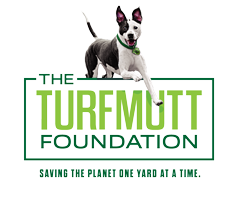Latest Posts
- Have a purpose when backyardingAugust 5 2021
- Study: Time outside alters our microbiomeAugust 4 2021
- Happy National Mutt Day from Mo-MoJuly 27 2021
- New home? Avoid these common mistakes in your yard.July 26 2021
- Infographic: Plan a backyard staycation this summerJuly 22 2021
Categories
Archive
October 26th
Leaves make good ‘food’
Leaves are falling left and right. They’re fun to chase as they fall to the ground, but my friend says they’re even better as food next year for fertilizing our plants and lawns. Here’s a few tips from Eartheasy.com on how to turn those leaves into food:
~ gather leaves and grass clippings
Leaves are one of the most valued compost materials because they are carbon-rich and small enough to be easily incorporated into the compost. Deciduous leaves are best; do not use evergreen leaves such as holly, laurel and conifers. Wait until the leaves start turning brown before raking them up. (Some leaves can be left under trees and shrubs where they will compost themselves. This helps to reduce the amount of new mulch needed to cover the areas surrounding your trees and shrubbery.)
Fresh grass clippings are nitrogen rich and serve as compost activators. Add grass clippings to your compost in thin layers to prevent matting. Then add twice the volume in brown materials to balance the carbon-nitrogen ratio.
~ too many leaves? try ‘leaf composting’
If you have too many leaves to incorporate into the compost bin, you can simply compost the pile of leaves by itself. The leaf pile should be at least 4′ in diameter and 3′ in height. Include a layer of dirt between each foot of leaves. The pile should be damp enough that when a sample taken from the interior is squeezed by hand, a few drops of moisture will appear. A piece of plastic sheeting over the pile will keep it from getting waterlogged. Weight the sheet down at the edges with rocks, but try not to compress the leaves too much. The pile will compost in 4 – 6 months, with the material being dark and crumbly. Leaf compost is best used as an organic soil amendment and conditioner; it is not normally used as a fertilizer because it is low in nutrients.





